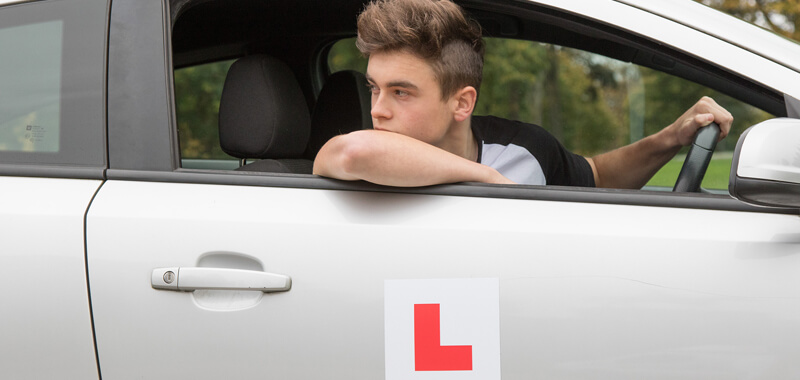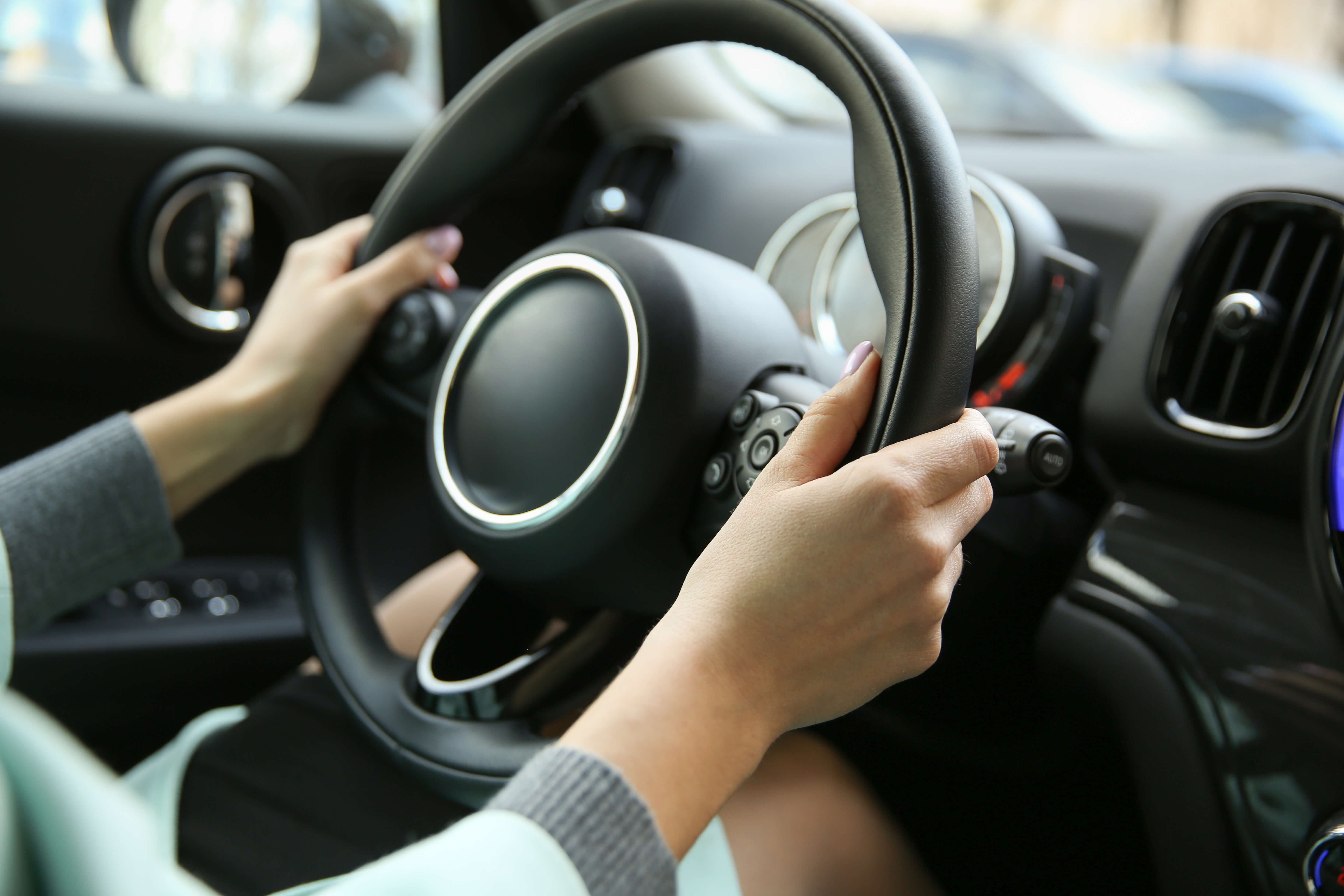If you're thinking about learning to drive, you may be wondering what you do on your first driving lesson. Going into something new can be a bit daunting, especially when you're unsure of what to expect. We're here to give you an idea of what typically happens in your first driving lesson and put your mind at ease a bit.

What happens on your first driving lesson?
Starting the journey of learning to drive is exciting, and it won't be long until you're tackling the roads like a pro. If you're eagerly awaiting your first driving lesson, you're probably trying to gather as much information as possible so that you come to your first lesson prepared and well informed.
If you would like to find out what typically happens on your first driving lesson, keep reading as we break down the first hour into sections.
First things first
Before you can get started, your driving instructor will need to see your provisional licence to check that you are legally allowed to drive a car. If you forget to bring your provisional licence to your first lesson, you will not be able to drive, so you must remember it!
Your driving instructor will also perform an eyesight check by asking you to read the number plate of a car approximately five car lengths away. If you wear glasses or contact lenses, ensure you wear them for your lesson. Checking your eyesight is essential as your driving instructor needs to know that you can see what you're doing when driving and that you can read any road signs.
Get to know
Next, your instructor will spend a few minutes gathering some knowledge about your current driving ability, previous experience, and getting to know you a bit. This is also an appropriate time to ask any questions you have about learning to drive and address any concerns. Most learners on their first driving lesson with us will have minimal to no previous driving experience; our driving instructors are used to this and experienced in teaching people of a range of different abilities.
Drive to a quiet road
Please don't panic; we won't throw you straight into the driver's seat on your first lesson. Your lesson will begin from the passenger's seat where your instructor will drive you to a suitable, quiet road. During the drive to the site, they will talk you through what they are doing such as checking mirrors, signalling, changing gears etc.
Your instructor will know the best roads for beginners around where you live. Starting in an area that's not too busy means you won't have to deal with too many other vehicles around and you'll avoid busy junctions.
In the driver's seat
When you have reached a suitable place to stop, you will swap places with your instructor, so you're in the driver's seat. They will then explain the cockpit drill to you; these are the checks you'll need to perform prior to starting any drive. The cockpit drill checks are as follows:
- Are the doors securely closed?
- Is your seat positioned comfortably?
- Have you established a steering position?
- Does everyone have their seatbelts on?
- Have your mirrors been properly adjusted?
Once you have completed the necessary checks, your instructor will run through the controls of the car and how they work. The controls lesson will include the clutch, accelerator, brake, handbrake, indicator, and how to change gear. Your instructor will be happy to go through the controls as many times as you like until you feel comfortable. This part of the lesson can take anywhere between 5 and 20 minutes, depending on how quickly you get to grips with the controls.

It's time to drive
It's the part you've been waiting for; it's finally time to get those wheels turning. Now that you're comfortable with the controls of the vehicle, you're ready to tackle moving off and stopping the car. If you're learning to drive in a manual car, you will first need to get to grips with clutch control. Your instructor will explain how the clutch works and may get you to practice using the clutch before you move off so that you can get a feel for its sensitivity and biting point. Once you've mastered clutch control, you're ready to move off.
You will initially practice moving off in a car and stopping in a car in first gear. Your instructor will have you do this multiple times until you're ready to go over 10mph and use 2nd/3rd gear. Your driving instructor will have selected a suitable long stretch of road so you can perform your move offs and stops. Typically, in an hour lesson, pupils will move off and stop 7-10 times.
Debrief and drive back
At the end of the lesson, your driving instructor will jump back into the driver's seat and drive you back to where they collected you from or where you would like dropping off. During the drive back they will go over the lesson such as clarifying what you have been shown and asking if you have any questions. They may also do some more commentary on what they are doing on the drive back.
Feedback and rebook
When you have reached your drop off point, your instructor will provide some feedback on the lesson; this will usually be your strengths and weaknesses. These are some things to think about before your next lesson, and you can also use the content on the DRIVE 321 app to brush up on any of your weaker areas. Your instructor may also be able to give you an idea of how many driving lessons you need.
Before you leave, your instructor will ask when you would like your next lesson to be and check their availability to see when they can get you booked in. You will be able to view your upcoming lessons via the app so you will never miss a lesson!